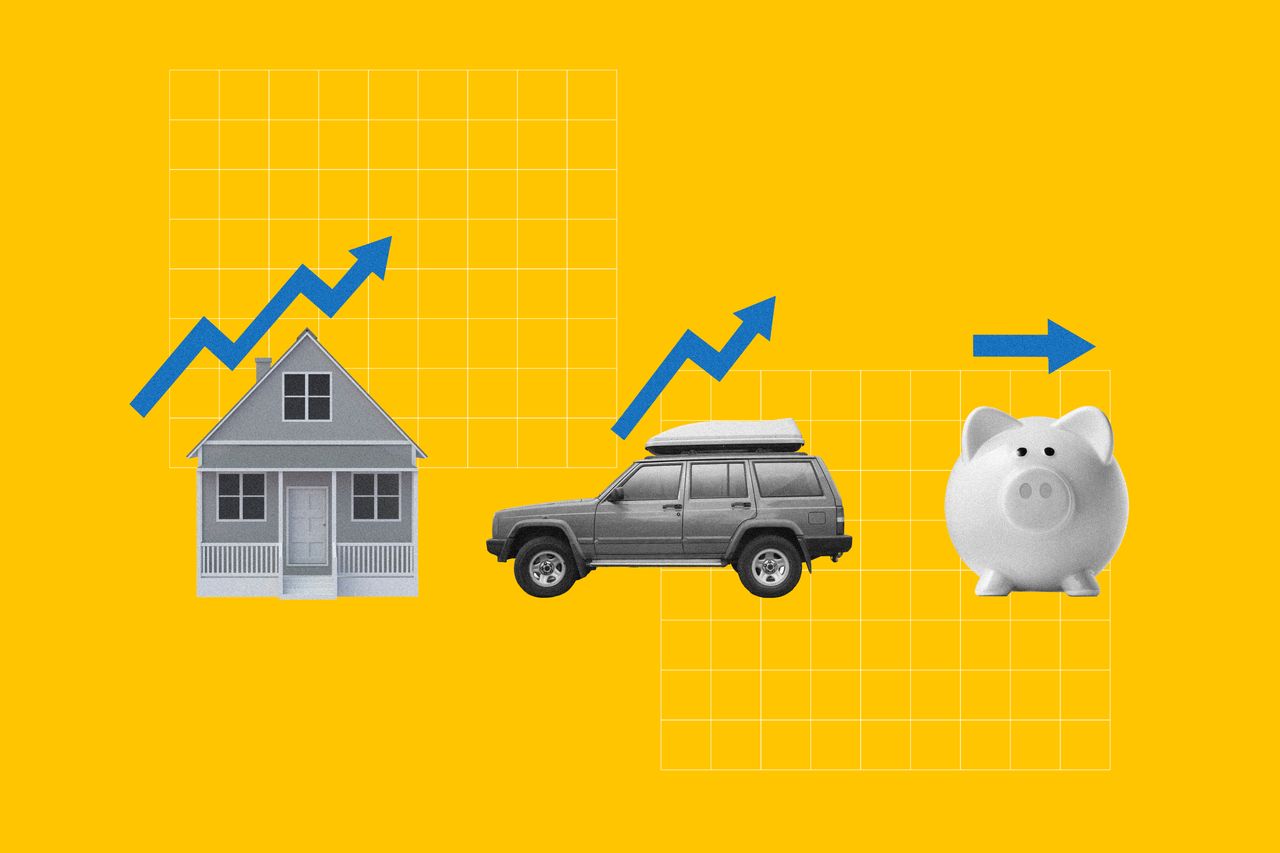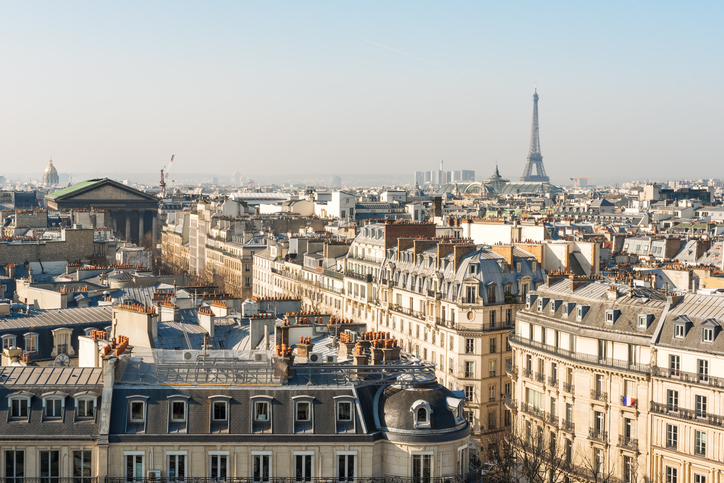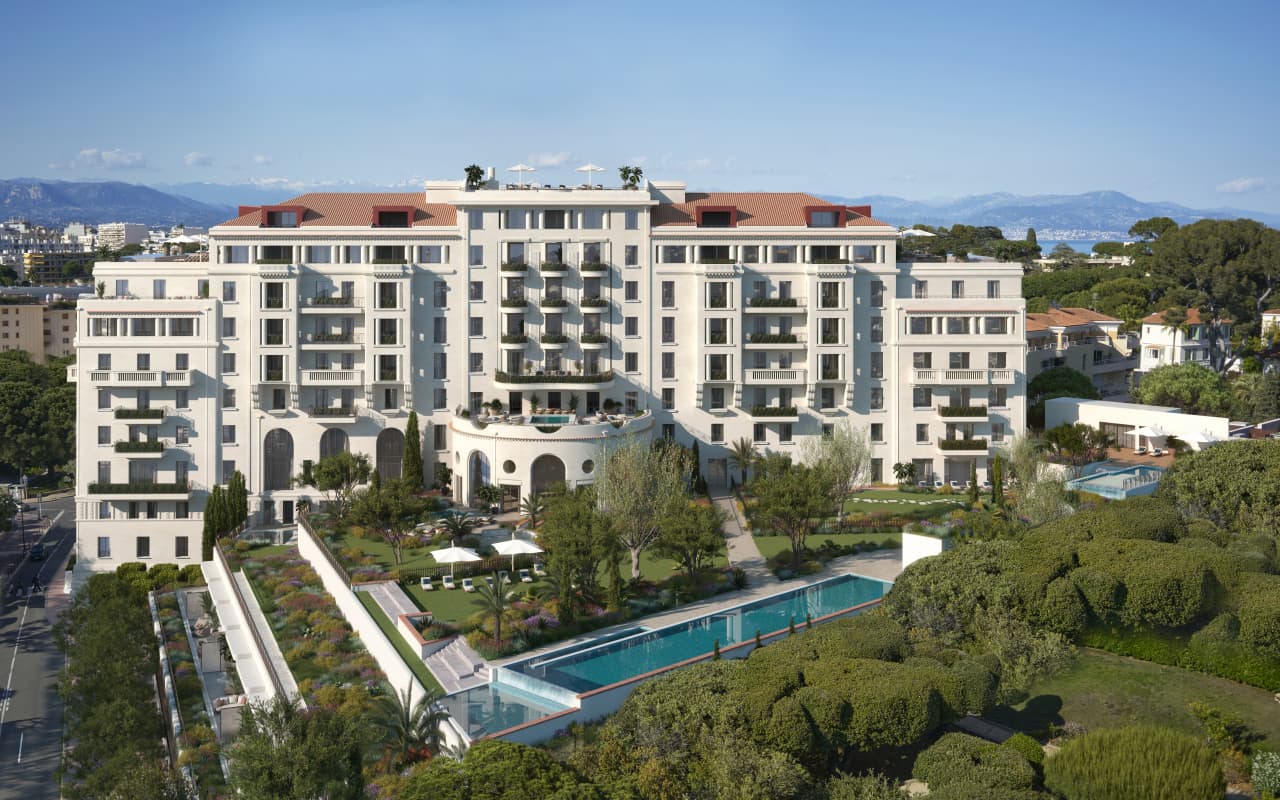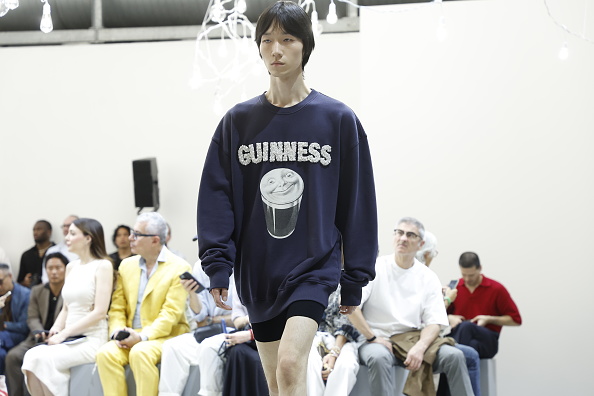Why Interest Rates Are Rising Everywhere—Except Your Savings Account
Many banks continue to offer meagre yields on savings accounts, but it can pay off to shop around
The US Federal Reserve’s campaign to fight inflation by raising interest rates seems to have reached nearly every corner of the economy except one: Americans’ savings accounts.
Mortgage rates doubled this year to nearly 7%, and it has become more expensive to get a car loan or carry a credit-card balance. Yet the interest on savings accounts barely budged. In March 2020, the average annual yield on a standard savings account was 0.1%, according to Bankrate.com. It fell to a pandemic low of 0.06% after Americans’ personal saving rate peaked, and is now up to a wan 0.14%.
US commercial banks held $16.8 trillion in deposits as of June, according to the Federal Deposit Insurance Corp. Much of that vast sum sits in individual checking and savings accounts, earning little interest and losing significant value to inflation. There are savings accounts that yield as much as 3%, for those willing to shop around.
At a hearing on Capitol Hill last month, Rep. Michael San Nicolas (D., Guam) remarked on depositors’ underwhelming returns to the leaders of the nation’s largest banks. “One of the only silver linings in a rising interest rate environment is that savers are supposed to be rewarded for their savings,” he said. “They’re supposed to see the interest that they earn on their savings accounts go up.”
In response, the bank chiefs said that they expected the interest rates on their customers’ deposits to increase in the future, based on the actions of the Fed and their competitors.
The country’s largest banks can keep payouts on savings accounts low because they seem to have plenty of deposits to cover their lending businesses for now and don’t need to attract more by raising interest rates.
Some other banks are offering some of the most generous yields in years, but those still paying out meagre interest can count on customer inertia: We fail to take advantage of better deals, because switching banks seems like a headache.
Were that dynamic to change—that is, if enough consumers took their money elsewhere in search of higher returns—banks would be compelled to raise interest rates or make fewer loans, said Philipp Schnabl, a professor of finance at New York University’s Stern School of Business.
Some banks, particularly online ones, have inched up yields in response to the Fed’s rate increases. The annual interest on an online savings account at Ally Bank rose from 0.5% in May to a chunkier 2.1% last month. As of Sept. 30, according to Bankrate, the highest-yield nationally available, FDIC-insured account was UFB Direct, which was paying out 3.01%.
Greg McBride, Bankrate’s chief financial analyst, advises shopping around. “If you’re looking in the right place, it is the best you’ve seen since 2009,” he said. “If you’re just standing pat at the same place you’ve always had your savings, it probably doesn’t look a whole lot different than 2021.” (Bankrate earns money when customers open accounts using offers on its website.)
Even high-yield savings accounts are a weak buffer from 8.3% year-over-year inflation, but their annualised returns of 2% or 3% still beat a return of 0.01%. The median balance of a transaction account, which includes checking, savings and other accounts, was $5,300 in 2019, according to the Federal Reserve, the latest data available. Receiving 3% interest on that balance, versus 0.01%, would work out to a difference of about $160 a year—not an enormous amount of money, but also not bad compensation for opening a new account, which can typically take about 15 minutes of work.
People with much larger balances stand to gain more, yet those depositors don’t always bother to move their money. Tony Chan, a financial adviser in Orange, Calif., said he recently met with a new client who had about $1.2 million in an account earning 0.01% a year, or roughly $120. Mr. Chan said the money was previously invested in the stock market, but the client sold his holdings last year out of fear and has been too busy to find a good place to put it.
Mr. Chan recommended the client move most of the money into a higher-yield account and the rest into certificates of deposit. He estimates that these switches would yield at least $36,000 in interest annually.
Depositors’ inertia can be strong, to their detriment. In a study published in 2021, researchers analysed the behaviour of customers at five U.K. banks. The average customer stood to gain £123 a year, or about $190 at the time, from moving their money to a higher-yield account, yet the researchers found that switching is “rare” and that even customers with relatively large balances were no more likely to do so.
In a follow-up survey, 66% of respondents said that switching accounts would be worthwhile for them if they gained at least £100 in annual interest. But in one subset the researchers studied, despite the fact that 26% of customers could have gained at least that much by switching, only 3.5% actually switched.
“The biggest reason consumers don’t seem to reoptimise their finances seems to be a belief that it will be a huge hassle,” said Christopher Palmer, a professor of finance at MIT’s Sloan School of Management and a co-author of the study. The study also found that customers tend to overestimate how much of a hassle it actually is, and underestimate how much their interest rate might increase.
Financial advisers consider it prudent for people to cart their money elsewhere if they can find a better offer. Savers can also consider safe high-yield alternatives to bank accounts, such as government I Bonds.
Mr. Chan advises clients to keep about one month’s worth of expenses in a checking account and to seek out a high-yield savings account for cash that they want access to in the next couple of years but don’t need to draw on imminently.
 Copyright 2020, Dow Jones & Company, Inc. All Rights Reserved Worldwide. LEARN MORE
Copyright 2020, Dow Jones & Company, Inc. All Rights Reserved Worldwide. LEARN MORE
This stylish family home combines a classic palette and finishes with a flexible floorplan
Just 55 minutes from Sydney, make this your creative getaway located in the majestic Hawkesbury region.
As Paris makes its final preparations for the Olympic games, its residents are busy with their own—packing their suitcases, confirming their reservations, and getting out of town.
Worried about the hordes of crowds and overall chaos the Olympics could bring, Parisians are fleeing the city in droves and inundating resort cities around the country. Hotels and holiday rentals in some of France’s most popular vacation destinations—from the French Riviera in the south to the beaches of Normandy in the north—say they are expecting massive crowds this year in advance of the Olympics. The games will run from July 26-Aug. 1.
“It’s already a major holiday season for us, and beyond that, we have the Olympics,” says Stéphane Personeni, general manager of the Lily of the Valley hotel in Saint Tropez. “People began booking early this year.”
Personeni’s hotel typically has no issues filling its rooms each summer—by May of each year, the luxury hotel typically finds itself completely booked out for the months of July and August. But this year, the 53-room hotel began filling up for summer reservations in February.
“We told our regular guests that everything—hotels, apartments, villas—are going to be hard to find this summer,” Personeni says. His neighbours around Saint Tropez say they’re similarly booked up.
As of March, the online marketplace Gens de Confiance (“Trusted People”), saw a 50% increase in reservations from Parisians seeking vacation rentals outside the capital during the Olympics.
Already, August is a popular vacation time for the French. With a minimum of five weeks of vacation mandated by law, many decide to take the entire month off, renting out villas in beachside destinations for longer periods.
But beyond the typical August travel, the Olympics are having a real impact, says Bertille Marchal, a spokesperson for Gens de Confiance.
“We’ve seen nearly three times more reservations for the dates of the Olympics than the following two weeks,” Marchal says. “The increase is definitely linked to the Olympic Games.”

Getty Images
According to the site, the most sought-out vacation destinations are Morbihan and Loire-Atlantique, a seaside region in the northwest; le Var, a coastal area within the southeast of France along the Côte d’Azur; and the island of Corsica in the Mediterranean.
Meanwhile, the Olympics haven’t necessarily been a boon to foreign tourism in the country. Many tourists who might have otherwise come to France are avoiding it this year in favour of other European capitals. In Paris, demand for stays at high-end hotels has collapsed, with bookings down 50% in July compared to last year, according to UMIH Prestige, which represents hotels charging at least €800 ($865) a night for rooms.
Earlier this year, high-end restaurants and concierges said the Olympics might even be an opportunity to score a hard-get-seat at the city’s fine dining.
In the Occitanie region in southwest France, the overall number of reservations this summer hasn’t changed much from last year, says Vincent Gare, president of the regional tourism committee there.
“But looking further at the numbers, we do see an increase in the clientele coming from the Paris region,” Gare told Le Figaro, noting that the increase in reservations has fallen directly on the dates of the Olympic games.
Michel Barré, a retiree living in Paris’s Le Marais neighbourhood, is one of those opting for the beach rather than the opening ceremony. In January, he booked a stay in Normandy for two weeks.
“Even though it’s a major European capital, Paris is still a small city—it’s a massive effort to host all of these events,” Barré says. “The Olympics are going to be a mess.”
More than anything, he just wants some calm after an event-filled summer in Paris, which just before the Olympics experienced the drama of a snap election called by Macron.
“It’s been a hectic summer here,” he says.

AFP via Getty Images
Parisians—Barré included—feel that the city, by over-catering to its tourists, is driving out many residents.
Parts of the Seine—usually one of the most popular summertime hangout spots —have been closed off for weeks as the city installs bleachers and Olympics signage. In certain neighbourhoods, residents will need to scan a QR code with police to access their own apartments. And from the Olympics to Sept. 8, Paris is nearly doubling the price of transit tickets from €2.15 to €4 per ride.
The city’s clear willingness to capitalise on its tourists has motivated some residents to do the same. In March, the number of active Airbnb listings in Paris reached an all-time high as hosts rushed to list their apartments. Listings grew 40% from the same time last year, according to the company.
With their regular clients taking off, Parisian restaurants and merchants are complaining that business is down.
“Are there any Parisians left in Paris?” Alaine Fontaine, president of the restaurant industry association, told the radio station Franceinfo on Sunday. “For the last three weeks, there haven’t been any here.”
Still, for all the talk of those leaving, there are plenty who have decided to stick around.
Jay Swanson, an American expat and YouTuber, can’t imagine leaving during the Olympics—he secured his tickets to see ping pong and volleyball last year. He’s also less concerned about the crowds and road closures than others, having just put together a series of videos explaining how to navigate Paris during the games.
“It’s been 100 years since the Games came to Paris; when else will we get a chance to host the world like this?” Swanson says. “So many Parisians are leaving and tourism is down, so not only will it be quiet but the only people left will be here for a party.”
This stylish family home combines a classic palette and finishes with a flexible floorplan
Just 55 minutes from Sydney, make this your creative getaway located in the majestic Hawkesbury region.






















